It's Been Half A Century Since The Moon Landing
I remember it well as I was in Downey on the "support team". It was an amazing day as the LEM undocked and headed down to land on the surface. Our daughter still works in Aerospace, for Boeing, and she got us tickets to partake in the special event at the Science Center.

I was 25 when we landed on the Moon...I was inside this
spaceship many times while working on the program
from 1966-1974



We began the day at
John McKay's Restaurant near USC
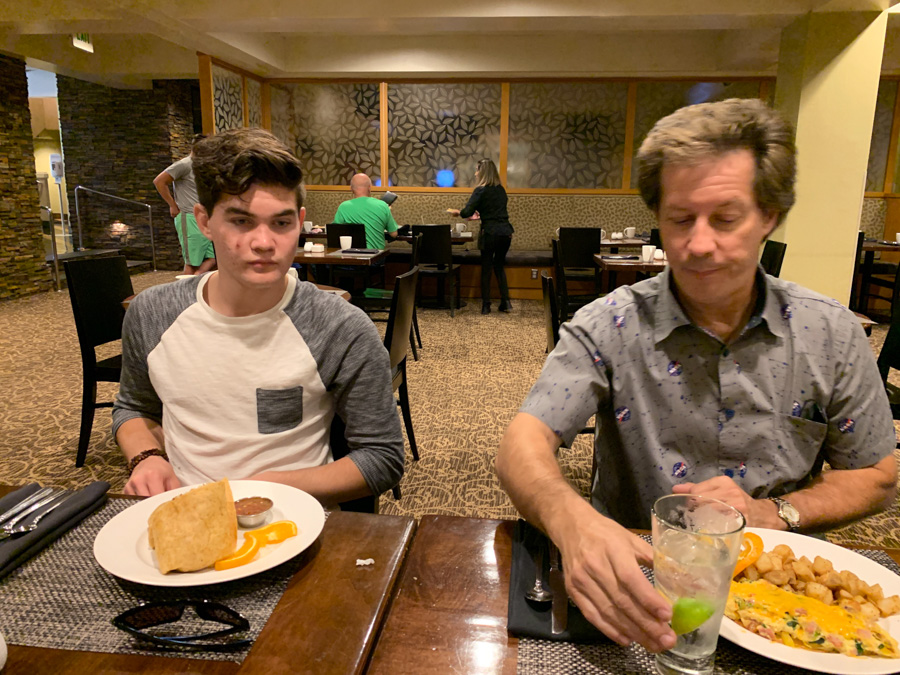
Excellent breakfast as we arrive just in time... about 10:45 AM
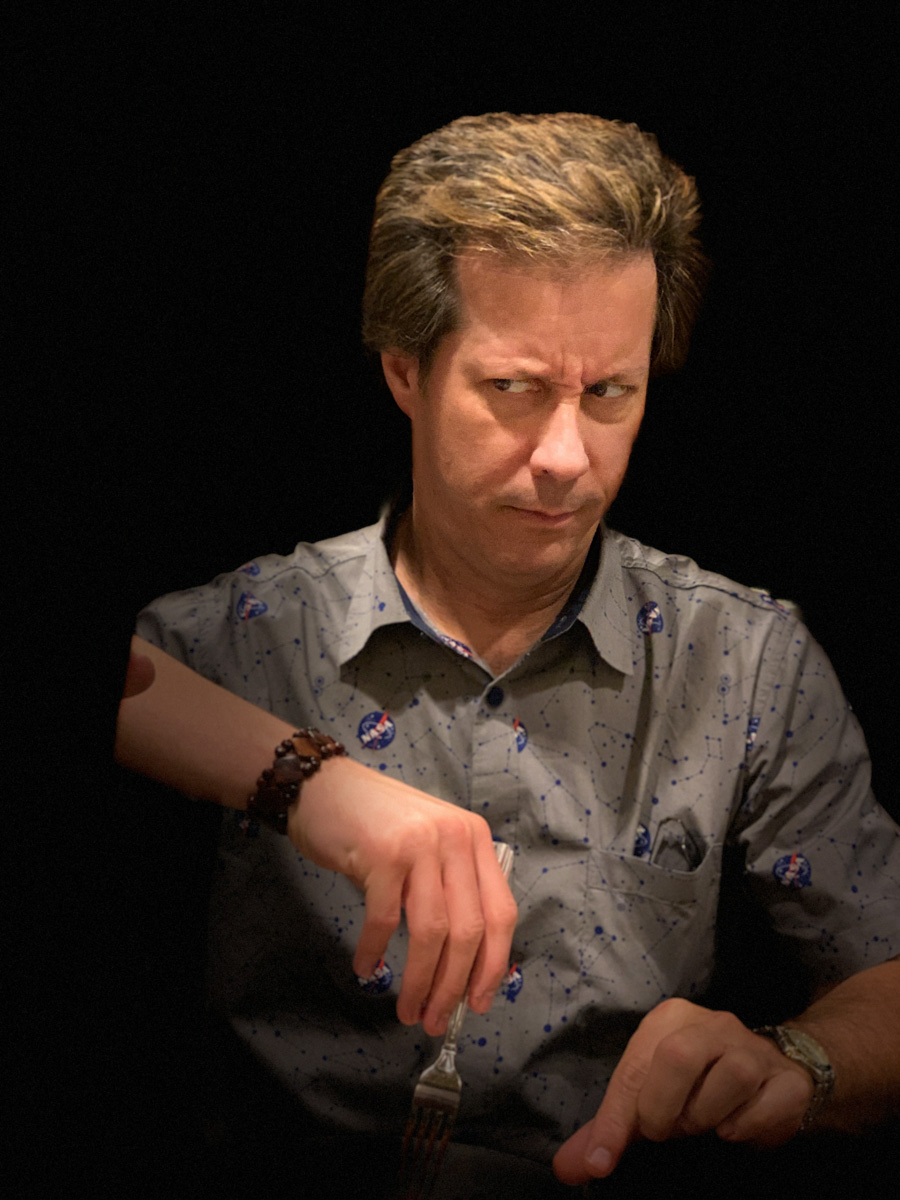
The "Bob Look"

Caught without a smile... Seldom happens!
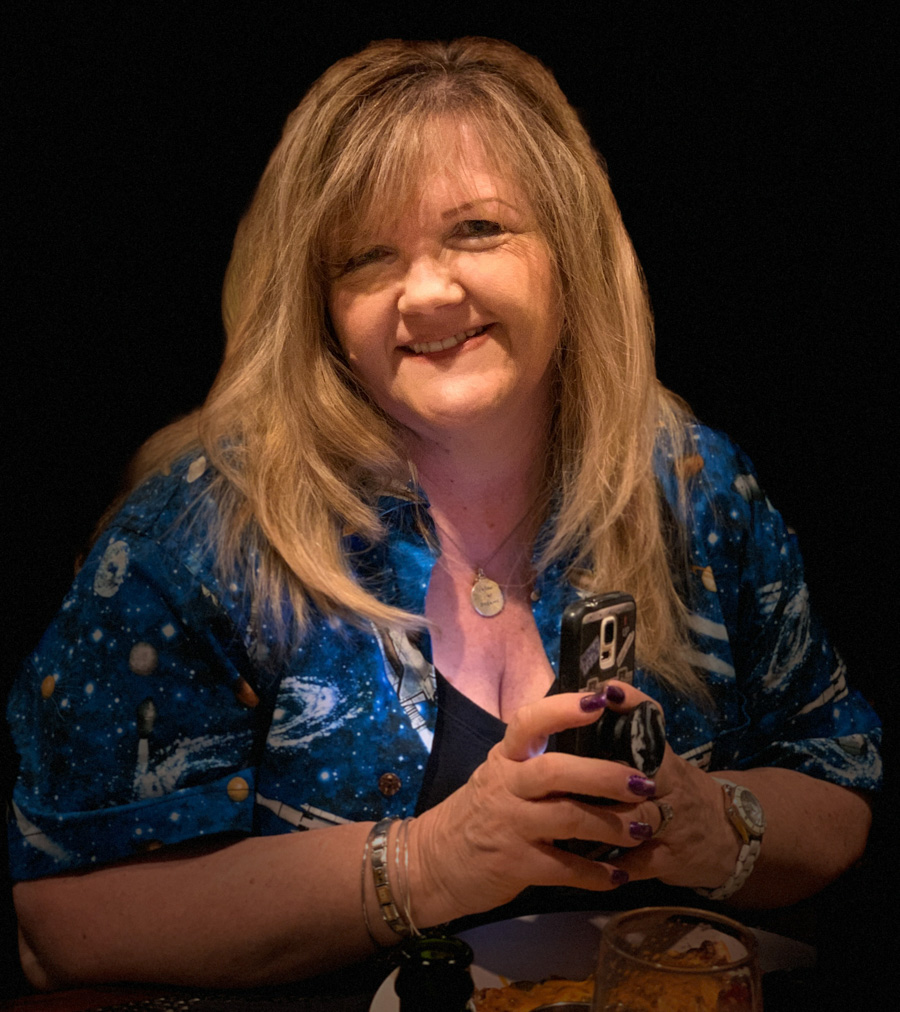
This is normal
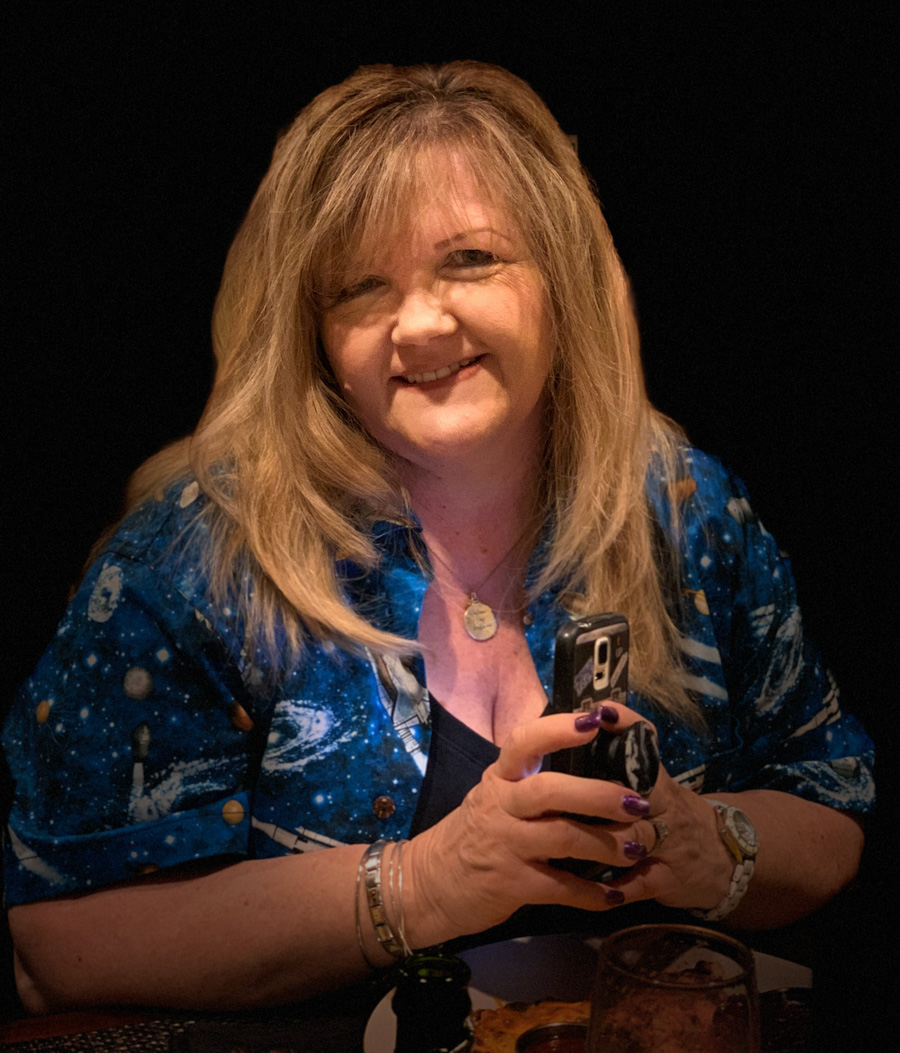
Robin and us worked together for 25 years and she remembers the "Good Old Days"

The lounge was empty before noon
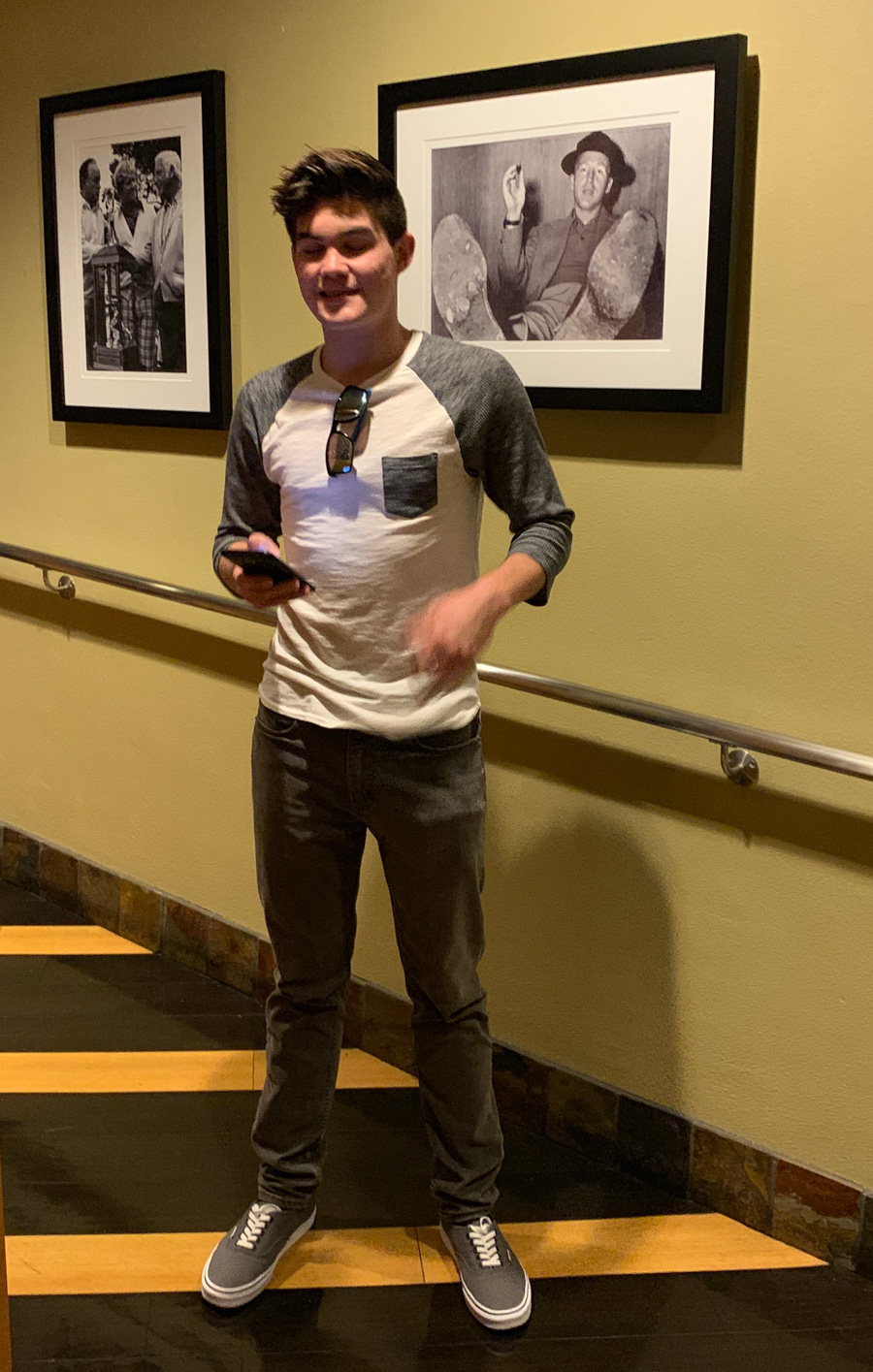
Nick liked seeing the old photos of McKay
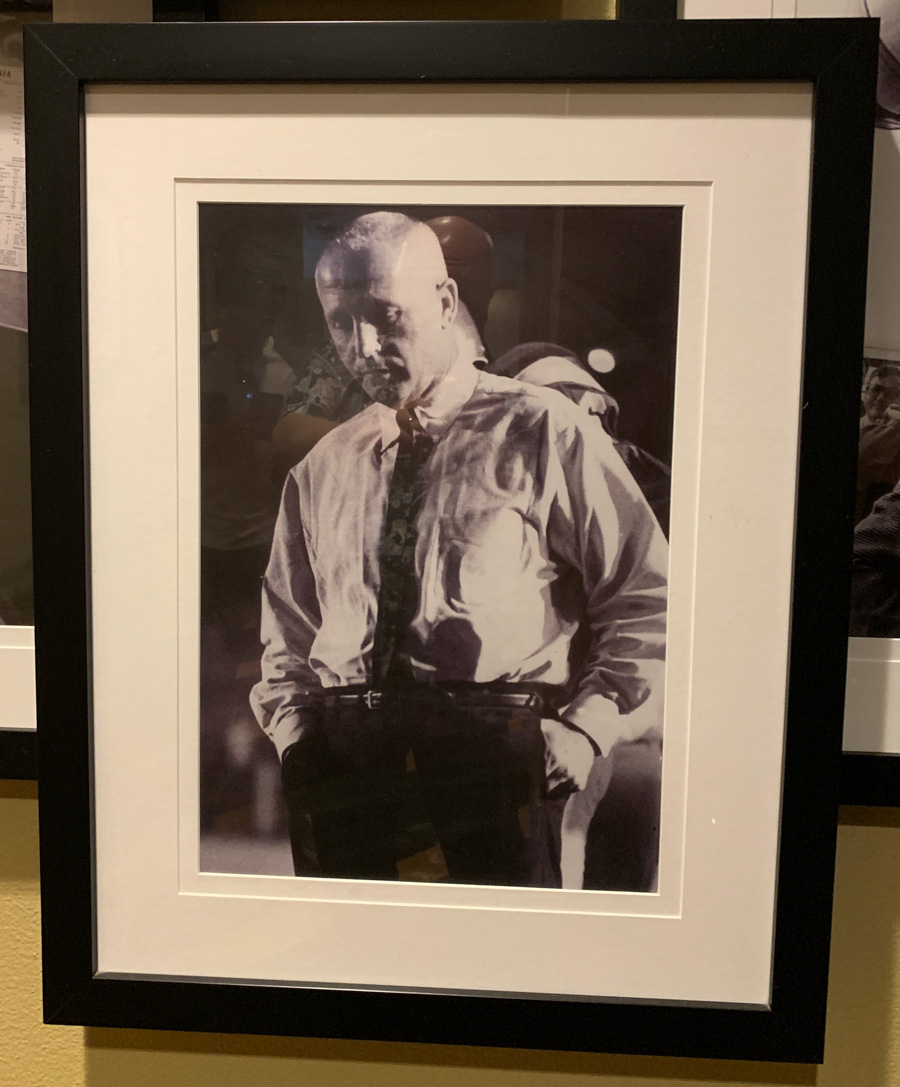
Met him once or twice, seemed like a decent guy!

He knew all the sports folks around LA

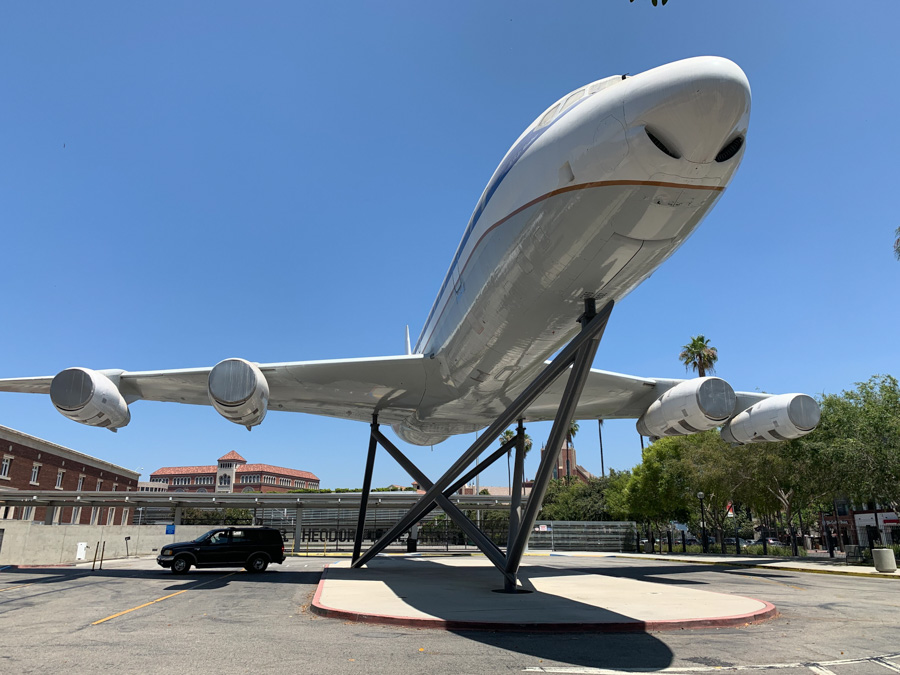
The old DC-8 still stands along Figueroa Blvd

We stopped and rested for a few minutes

Admiring the lines of the DC-8

The Fearsome Threesome


Airplanes dot the area including an SR-71 Blackbird
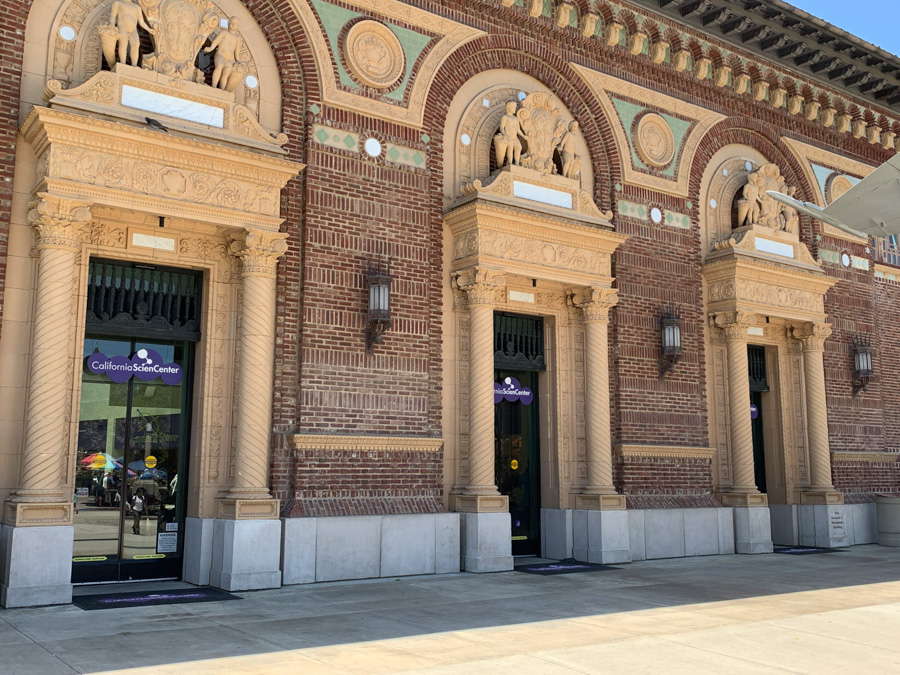
Come on in!

Looks like they are flying

I used to crawl inside this capsule may times while a test engineer
In 1969 I was a Test Engineer in the Apollo Test and Operations (AT&O) group at North American Aviation in Downey. I was responsible for final checkout of the Stabilization and Control System (SCS).
The Stabilization and Control System (SCS) provides a capability for monitoring and controlling the attitude of the spacecraft, for translational maneuvers and SPS thrust vector control. Also the SCS is the backup system for the Primary Guidance, Navigation and Control System (PGNCS), which is the Apollo Guidance Computer basically.
I had to know everything about the SCS system and run it through its final acceptance tests before delivery of the spacecraft to NASA,

I knew these guys inside and out...lived and breathed them for several years. I studied those components and how they fit together every day and in face Frank Borman and I had an argument about how they worked and fortunately I was right... The simulator at JSC was incorrectly wired...he was man enough to thank me in person when he returned to Downey.
Take a gander at the Apollo Operation Handbook circa 1968!
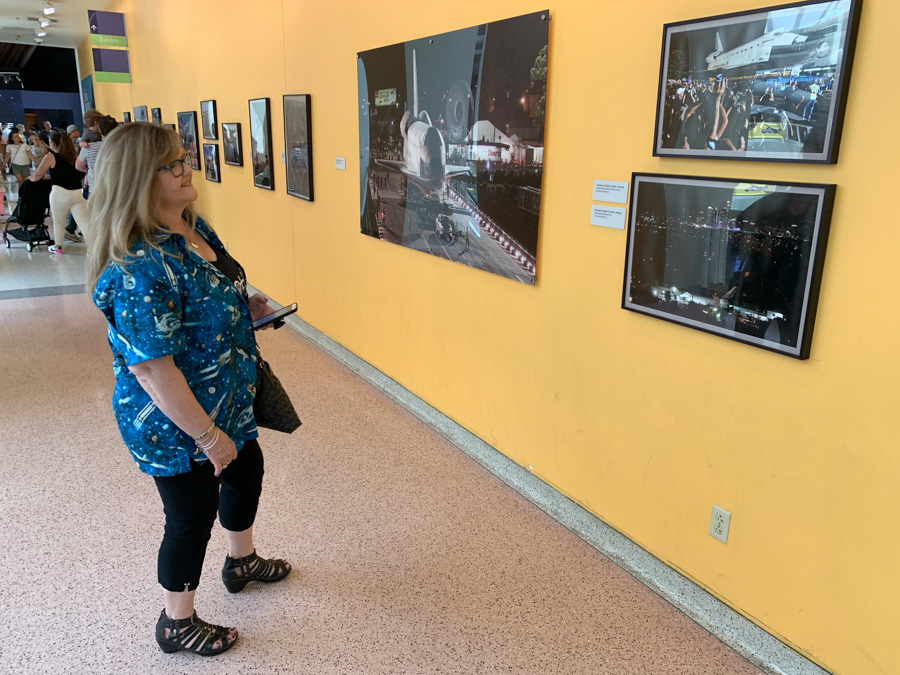
Robin enjoyed the Shuttle pictures as we both lived through that era

Sue was a software engineer on the Shuttle and wrote simulation software for development testing of the system

The pictures were from the move of the Shuttle into its final resting place


The one-seater...an early Apollo trainer
Did You Know? - The MR-2 capsule on display at the Science Center is the actual capsule that went into space with HAM on board. Inside the space capsule, you can even see Ham's couch.
After the MR-2 capsule returned from its trip to space, the Navy used it to practice helping a person out of the capsule and retrieving the capsule from the ocean. These practice missions helped the teams prepare for later Mercury missions, many of which were manned by human astronauts. If you look closely at the nose of the capsule we have on display, you'll see yellow paintings that look like hieroglyphs (see photos at left). The paintings were done by the rescue team members to keep a record of what happened on each practice mission.
The MR-2 capsule is on loan from the National Air and Space Museum, Smithsonian Institution.

The Gemni 11 Heat Shield
Did You Know? - The Gemini 11 on display in the Air and Space Gallery is the actual capsule that went out into space in September 1966, on loan to us from the National Air and Space Museum, Smithsonian Institution.
On the bottom of the craft, you can see the pattern that was burned into the heat shield when the capsule reentered the Earth's atmosphere. During reentry, friction with the atmosphere heated the shield, made of fiberglass and resin, up to 1,900° Celsius (3,500° F). The outer surface vaporized from a solid to a gas. As it boiled away, it carried away heat. The black pattern on the heat shield is made of the carbon residue left behind. The pattern isn't centered on the heat shield because the capsule came into the atmosphere at an angle. Entering at an angle gave the capsule some lift, like a wing. The commander could adjust the reentry flight path if needed.


The unified hatch opened in a few seconds
Did You Know? - The Apollo command module on display at the California Science Center was flown by American astronauts Tom Stafford, Deke Slayton and Vance Brand to rendezvous with a Russian Soyuz spacecraft parked in orbit around the Earth. Although built to fly to the moon as Apollo 18, its mission was changed when funding was cut for the Apollo program. The Science Center's Apollo capsule is on loan from the Smithsonian Institution, National Air and Space Museum.
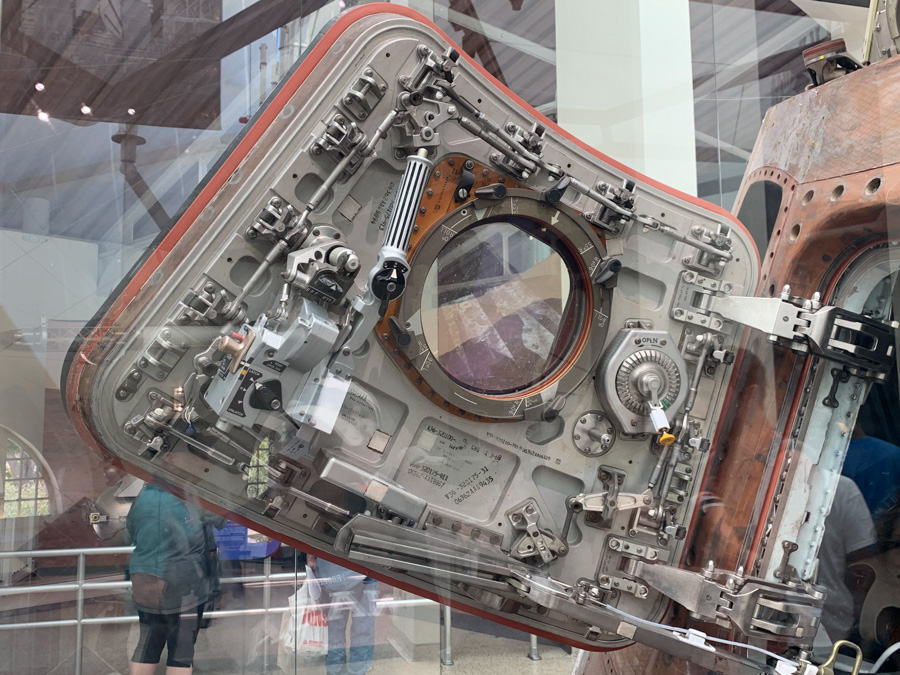
It was developed after the Apollo fire in 1967
Did You Know? - January 27, 1967 - three weeks before their scheduled launch - astronauts Gus Grissom, Ed White, and Roger Chaffee were participating in a simulated count-down aboard their Apollo 1 spacecraft. Suddenly, fire flashed through the pure oxygen atmosphere of the cabin. Despite their efforts to escape, the crew perished within minutes. The tragedy prompted an urgent redesign of the Apollo Command Module side hatch. The old hatch took 30 seconds to open.
After the accident the crew egress requirements were drastically changed. The crew had to be able to open the hatch in 3 seconds and egress within 30 seconds

Look carefully at the honeycomb heat shield
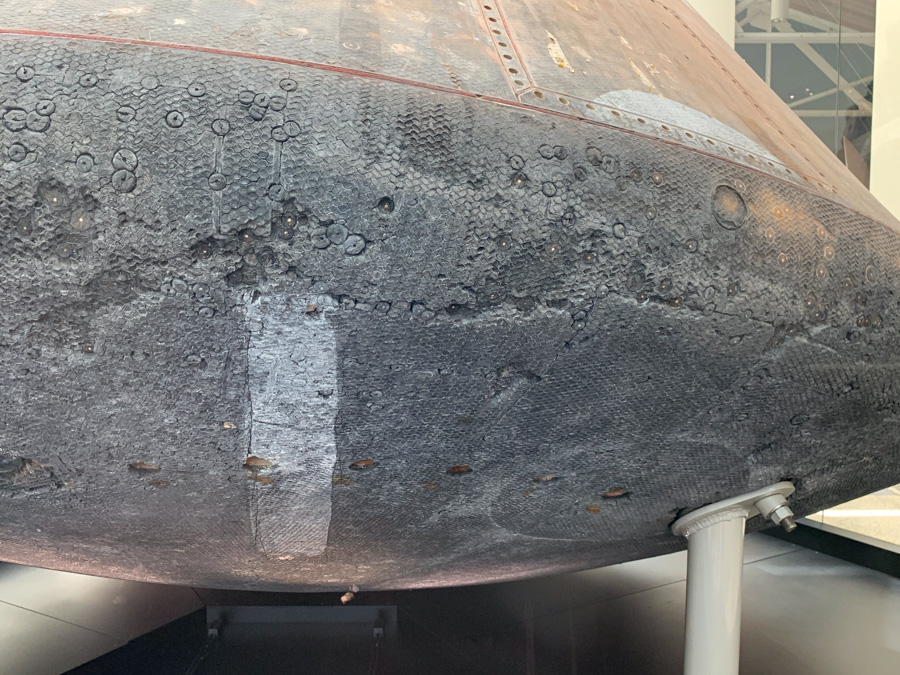
The ablative process can be seen easily seen the bottom side
Did You Know? - The temperature on the CM's surface climbed up to 5,000 degrees Fahrenheit, but the heat shields protected the inner structure of the CM. The heat shield was ablative, which means that it was designed to melt and erode away from the CM as it heated up. From the ground, it would look as if the CM had caught on fire during its descent. In reality, the ablative covering is what kept the astronauts inside the CM safe -- the material diverted heat away as it vaporized.


Rocket engines are the most complex part of the system

To the the Shuttle Exhibit

The Endeavor was on display floating on earthquake proof supports
Did You Know? - Orbiter Vehicle-105 completed 25 missions into space, including the first service mission to the Hubble Space Telescope and the first mission to add a U. S. built component to the International Space Station.

The business end when it comes to heat protection!
Did You Know? - Built to replace space shuttle Challenger, Endeavor was the final orbiter to join the shuttle fleet. Many newer features were added to Endeavor during construction, such as updated steering mechanisms, upgraded plumbing and electrical connections to allow for longer missions, and a drag chute that reduced wear and tear on the shuttle's brakes and tires. Many of the innovations that were developed for Endeavor were added later to the other shuttles in the fleet.
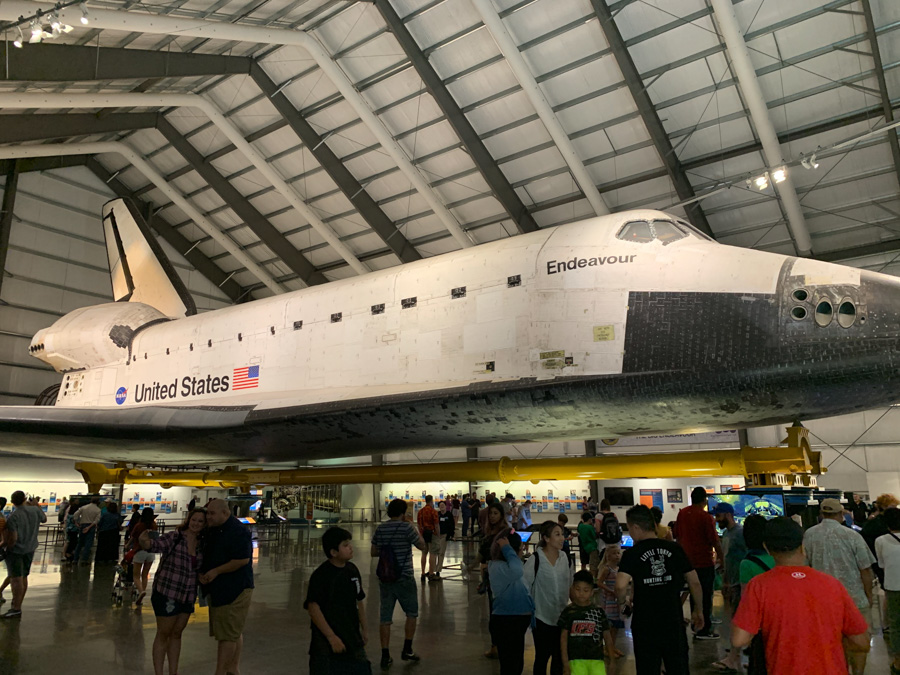
Quite a vehicle
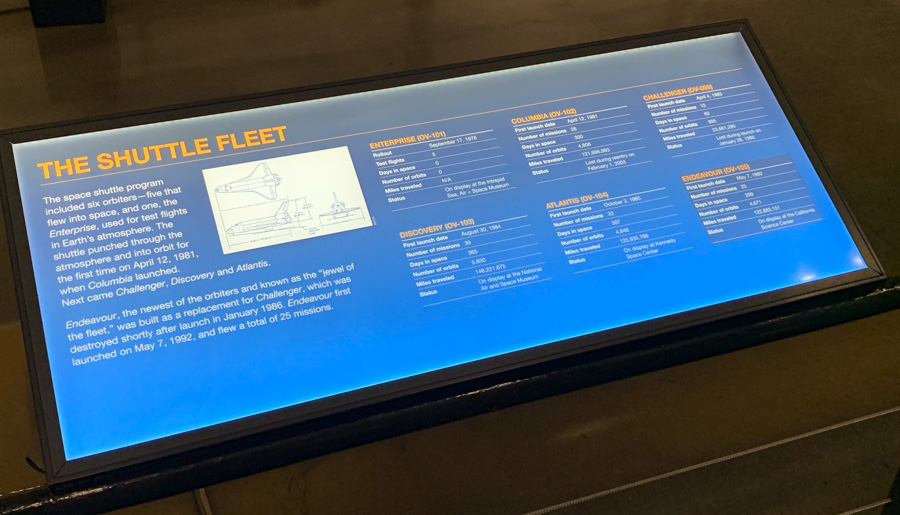
The entire fleet was documented on the various boards around the room

Space Hab
Did You Know? - When installed in the orbiter's payload bay, the SPACEHAB Logistics Module (called the SPACEHAB) serves as a kind of astronauts' workshop. SPACEHAB gave astronauts extra living space aboard the shuttle, as well as room to do science and store supplies and tools. A tunnel connected the pressurized SPACEHAB to the orbiter's crew compartment, so astronauts could reach it—and work inside it—without putting on spacesuits. On some missions, two modules were flown together to make a SPACEHAB Logistics Double Module, providing more room for experiments and storage.
SPACEHAB modules flew on the shuttle 18 times, and the first and last SPACEHAB missions were flown on Endeavor. On many missions, NASA stocked SPACEHAB with equipment for delivery to Mir or the International Space Station. SPACEHAB also carried experiments for international space agencies, universities, and corporations, including experiments to test materials for improved contact lenses, develop better medicines to fight diseases, and produce crystals for use in advanced electronics. On one flight, SPACEHAB even carried an experiment intended to test the flavor and carbonation of Coca-Cola® in space.

Around the periphery of the room, each mission is displayed

The real business end!

Having been inside the Shuttle many times and seeing the rear end up close,
it was an amazing feat of engineering

Rocketdyne has an extremely complex and reliable engine on board

The complexity was astronomical!

The EIU was amazing surviving the environment it was located around
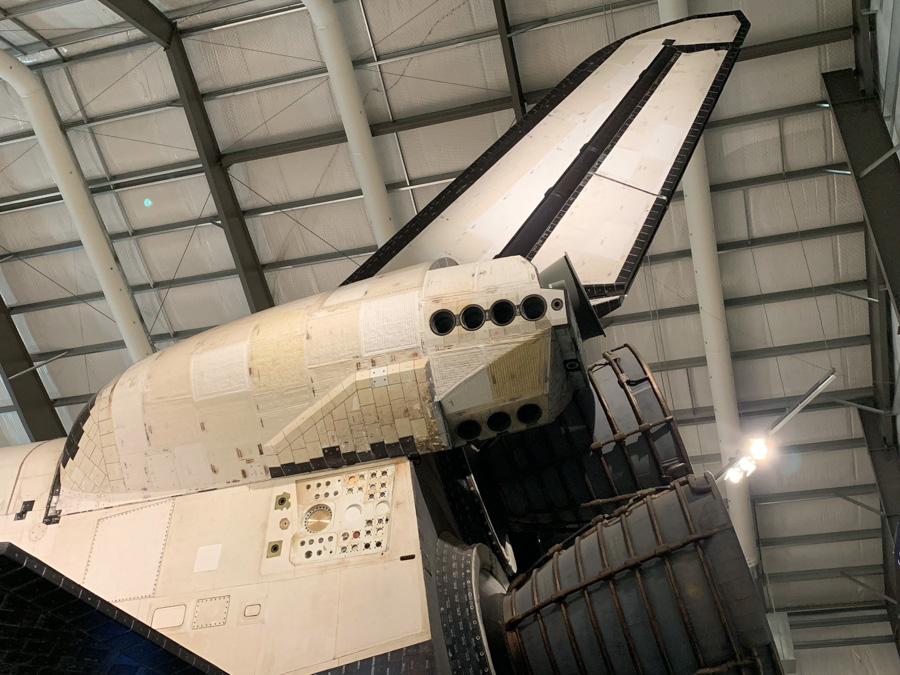
The umbilical connections to the launch system are visible

Rob and Sue...a force to deal with!
Did You Know? - Endeavor made several historic assembly missions to the International Space Station (ISS), including STS-88, in which the crew added the first U.S. component, the Unity Module, to the ISS. On STS-100, Endeavor delivered the Canadarm2 robotic arm and hand, and on STS-123, Endeavor added the first element of Japan's Kibo module as well as an additional robotic arm, Dextre.
Endeavor's final mission, in May 2011, delivered spare parts to the International Space Station, including parts for the Dextre arm it had installed many missions before. Endeavor leaves an amazing legacy in space—and shares part of that legacy with Los Angeles, California, and the world from right here at the California Science Center.
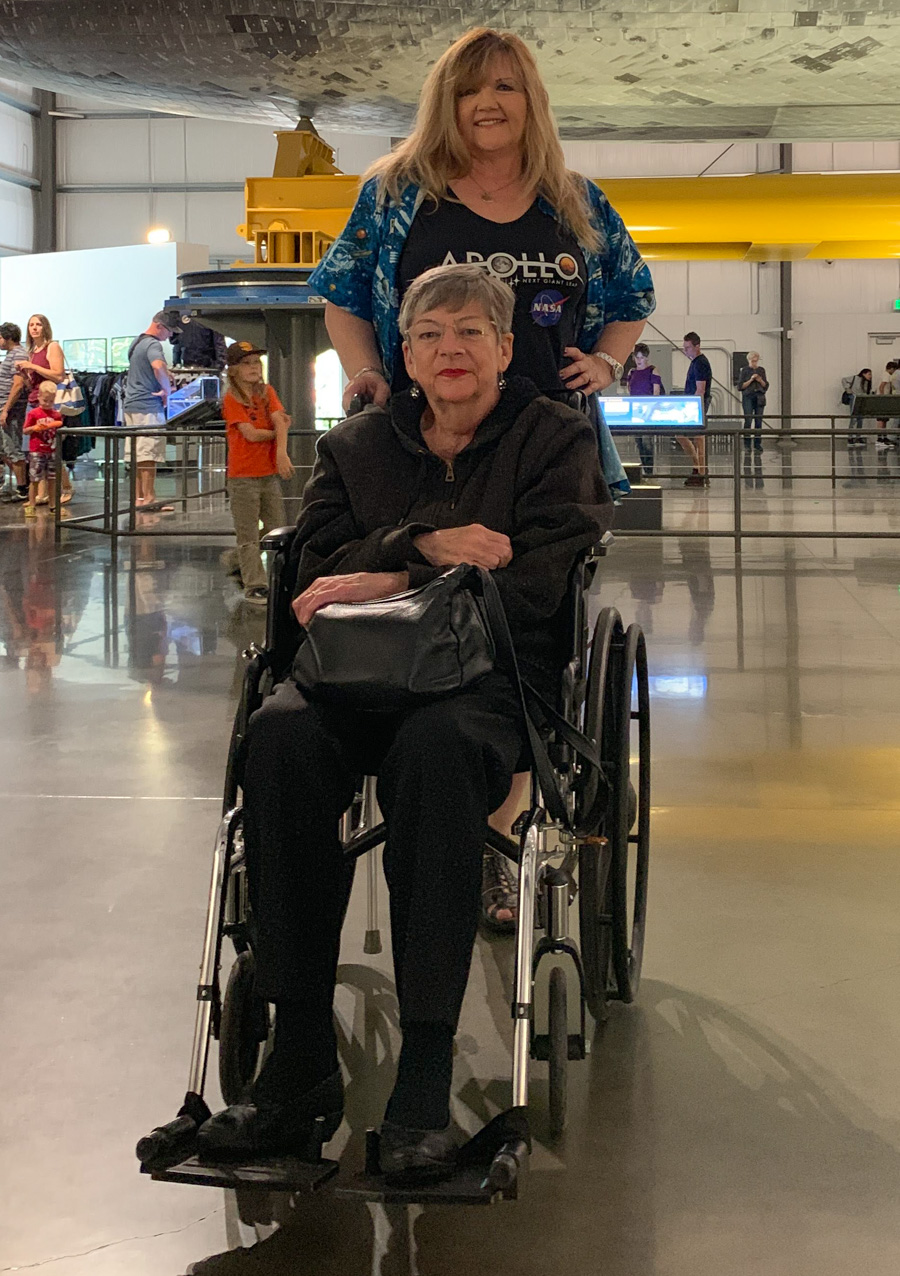
We had fun remembering all the time we spent on this program
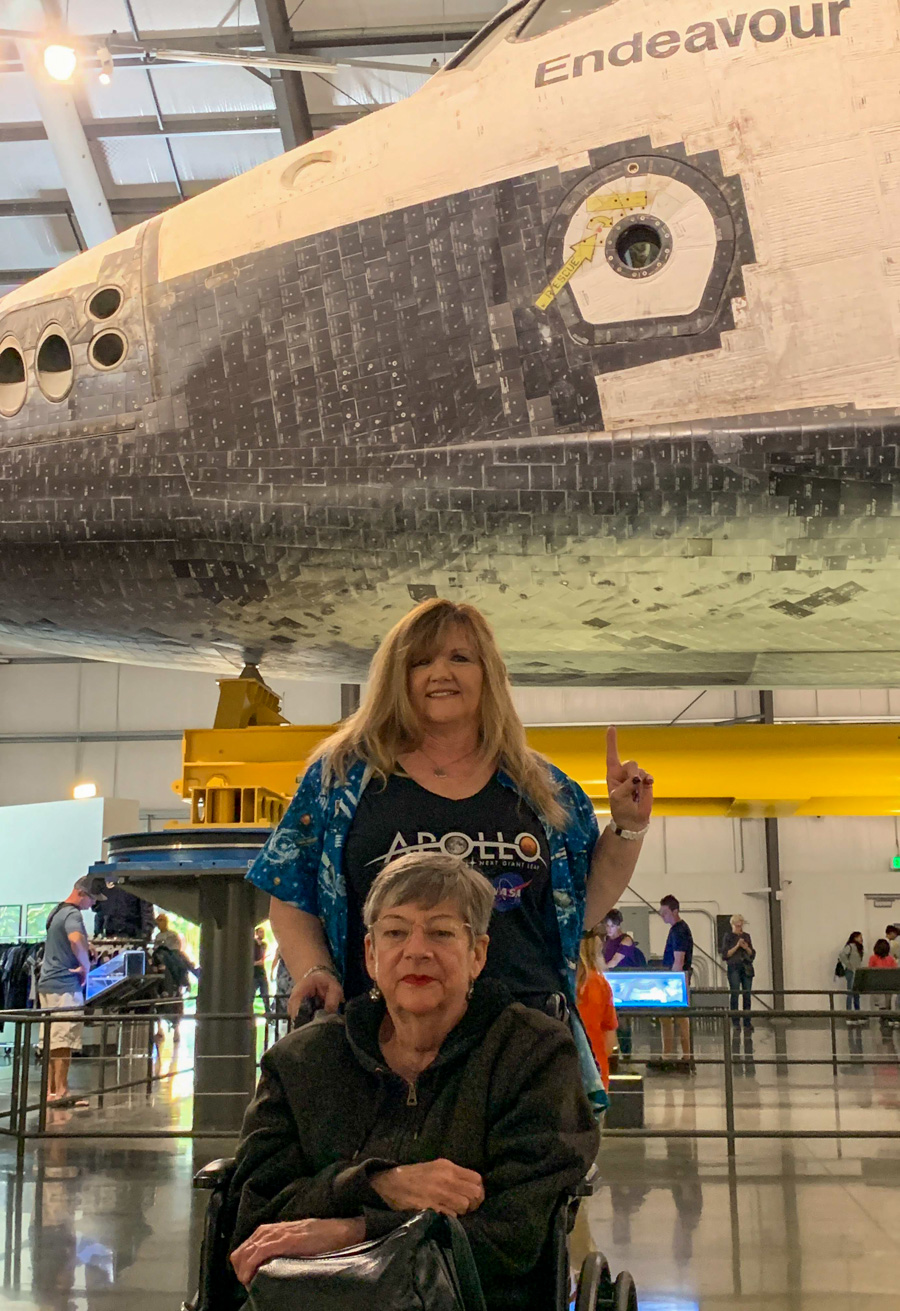
Everyone was amazed at the tile system... so were we!
Did You Know? - Reinforced carbon–carbon (RCC), used in the nose cap, the chin area between the nose cap and nose landing gear doors, the arrowhead aft of the nose landing gear door, and the wing leading edges. Used where reentry temperature exceeded 1,260 °C (2,300 °F).
High-temperature reusable surface insulation (HRSI) tiles, used on the orbiter underside
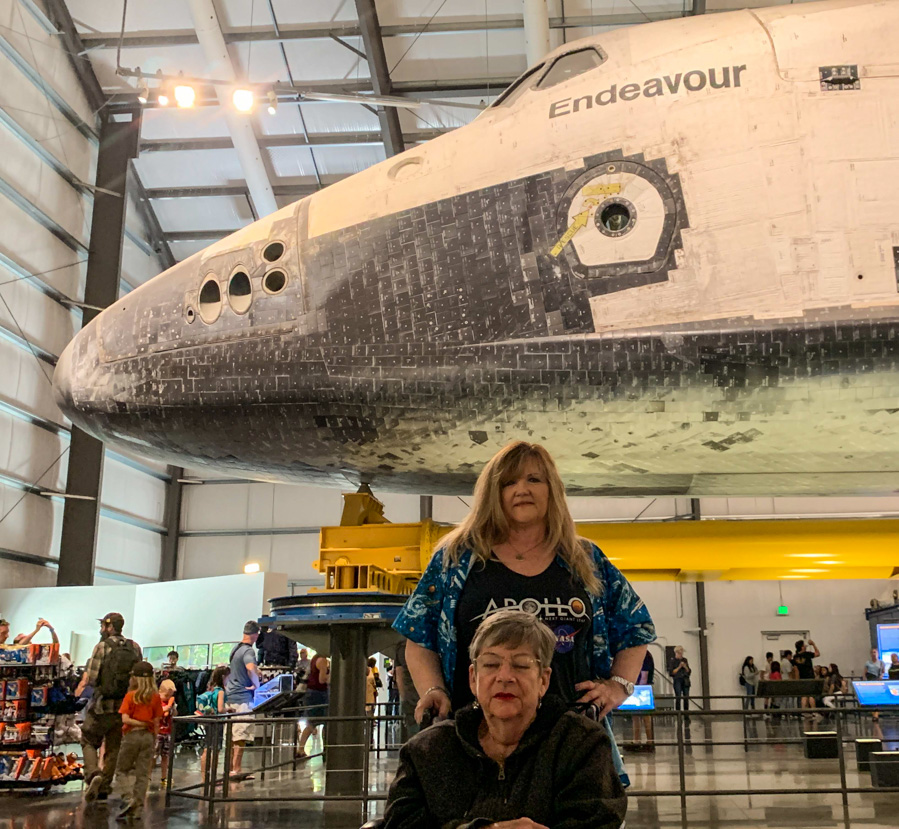
We still find the machine amazing....A Spaceship Landed On Earth
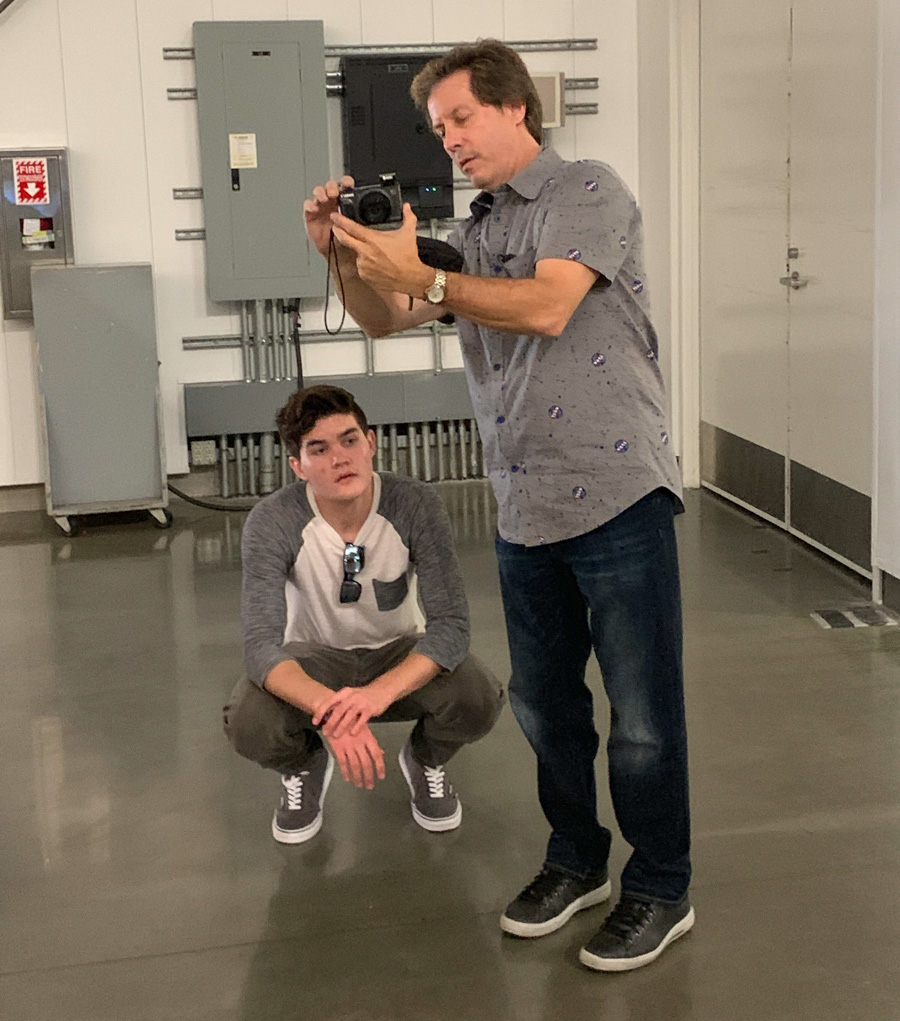
Bob gives Nick lessons on the big camera
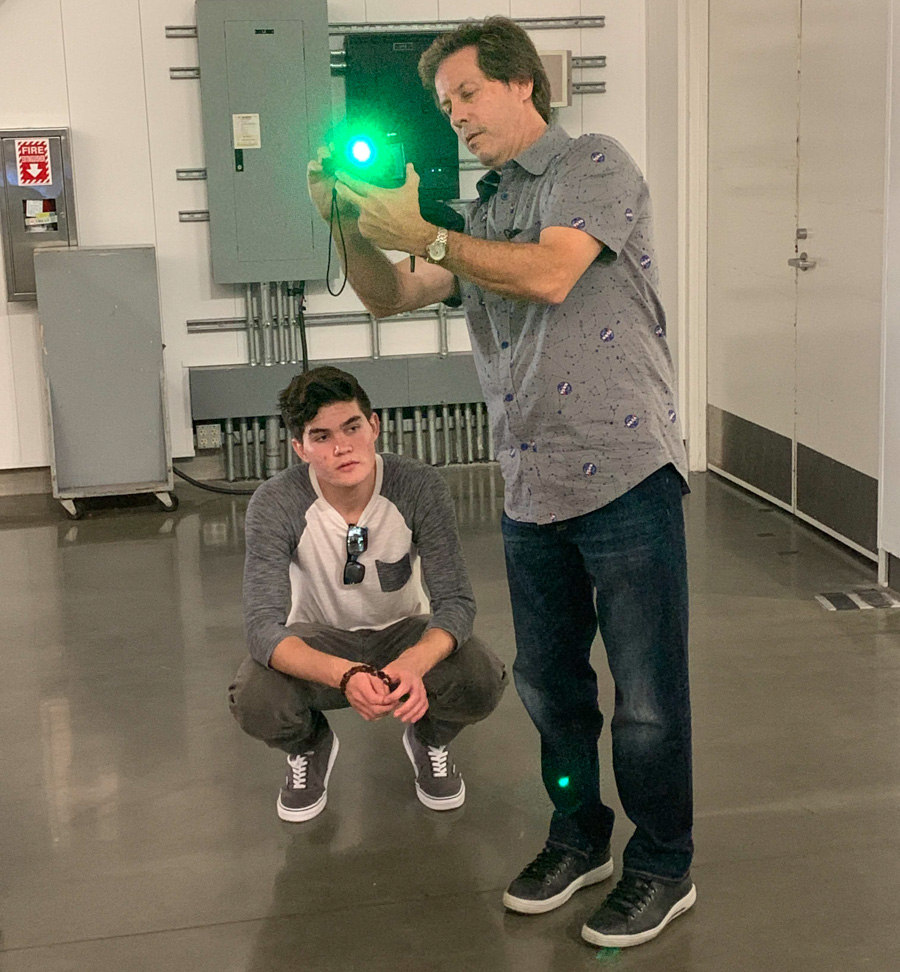
Greenlight...ready to go!

Wow!

The External Tank is outside ready for a vertical assembly building
which is coming in the near future


Robin bought us tickets to go to the Apollo Eleven movie...
We are in line under the spiral walkway at the IMax theater
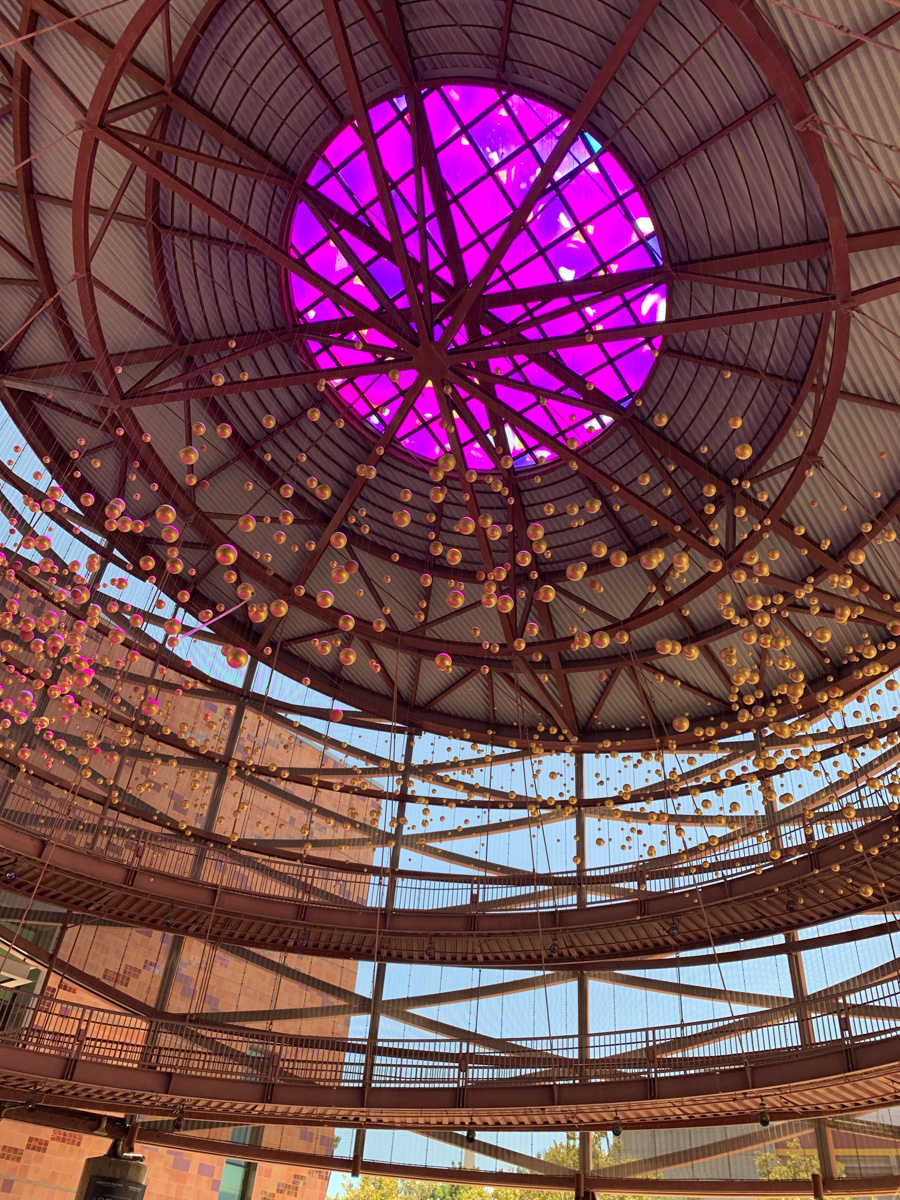
The ramp spirals from the Science Center third floor to the IMax second floor
Did You Know? - Apollo 11 is a 2019 American documentary film edited, produced and directed by Todd Douglas Miller. It focuses on the 1969 Apollo 11 mission, the first spaceflight from which men walked on the Moon. The film consists solely of archival footage, including 70 mm film previously unreleased to the public, and does not feature narration, interviews or modern recreations. The Saturn V rocket, Apollo crew consisting of Buzz Aldrin, Neil Armstrong, and Michael Collins, and Apollo program Earth-based support staff are prominently featured in the film.
The film premiered at the Sundance Film Festival on January 24, 2019, and was released theatrically in the United States by Neon on March 1, 2019. Apollo 11 has received acclaim from critics and grossed $10 million.
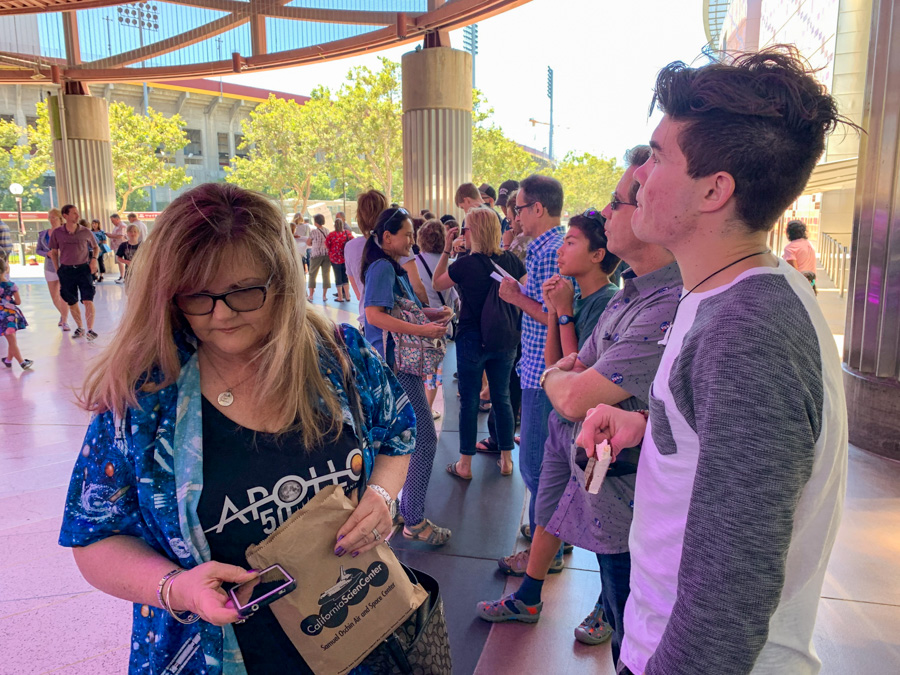
Robin checks the time
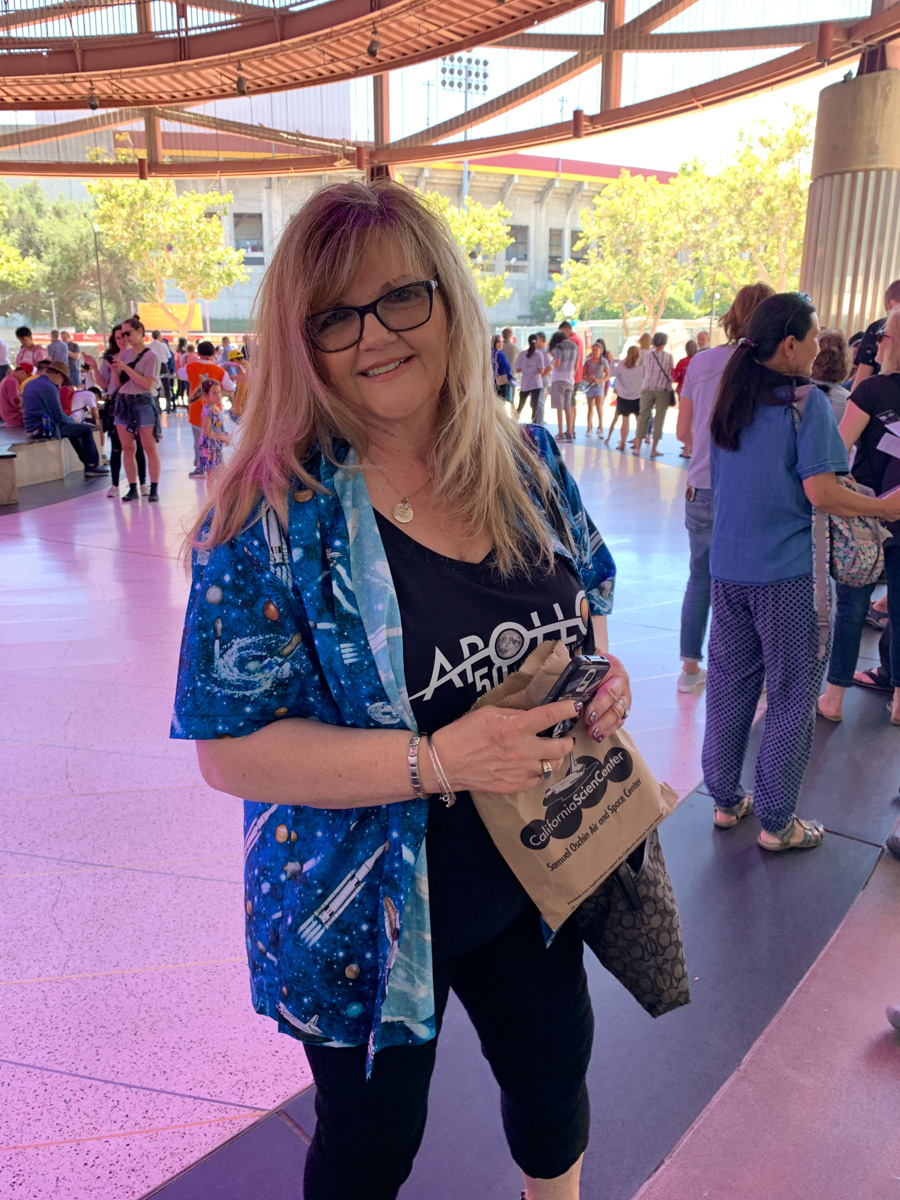
We are looking foreword to the movie

As we had a wheelchair, Sue and I went in first to get seated...
We saved seats for Robin, Bob, and Nick!

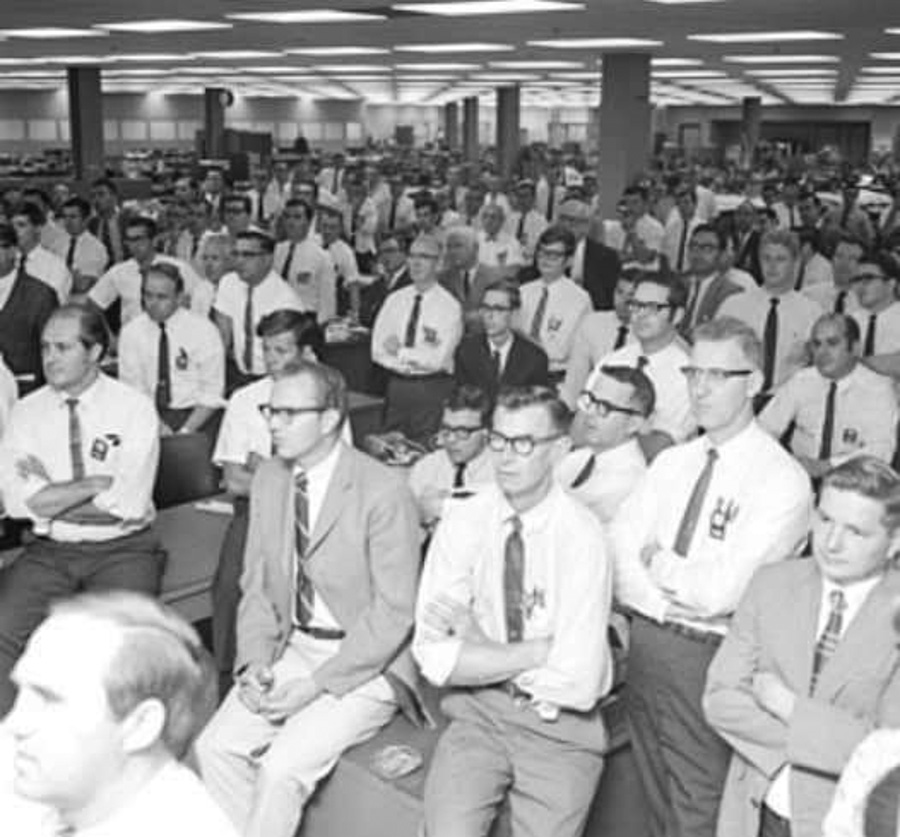
Building 6 in Downey...All the "Sparky's" listened to an announcement
Sparky was aerospace for "Electrical/electronic engineers"


Where better to end the day but Cold Stone Creamery
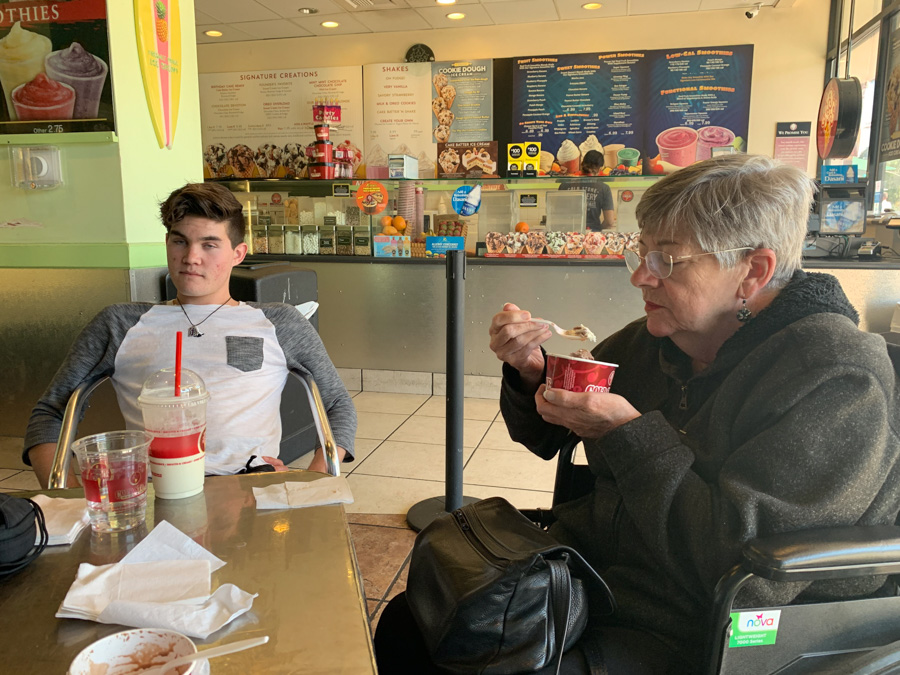
Over the teeth and through the gums...
Look out tonsils, here it comes!
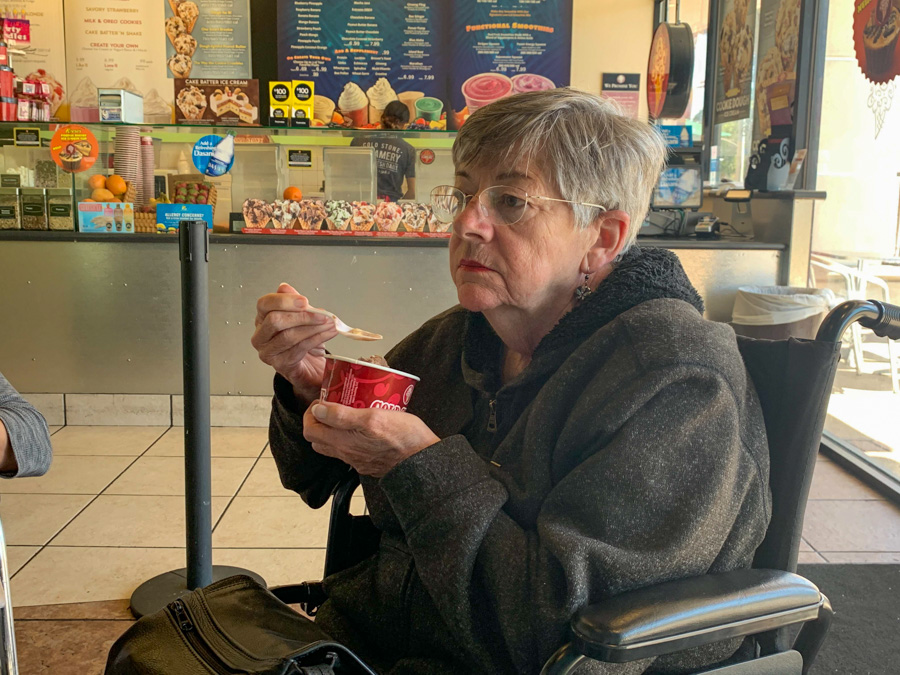
Needs food and energy... We are going dancing tonight!
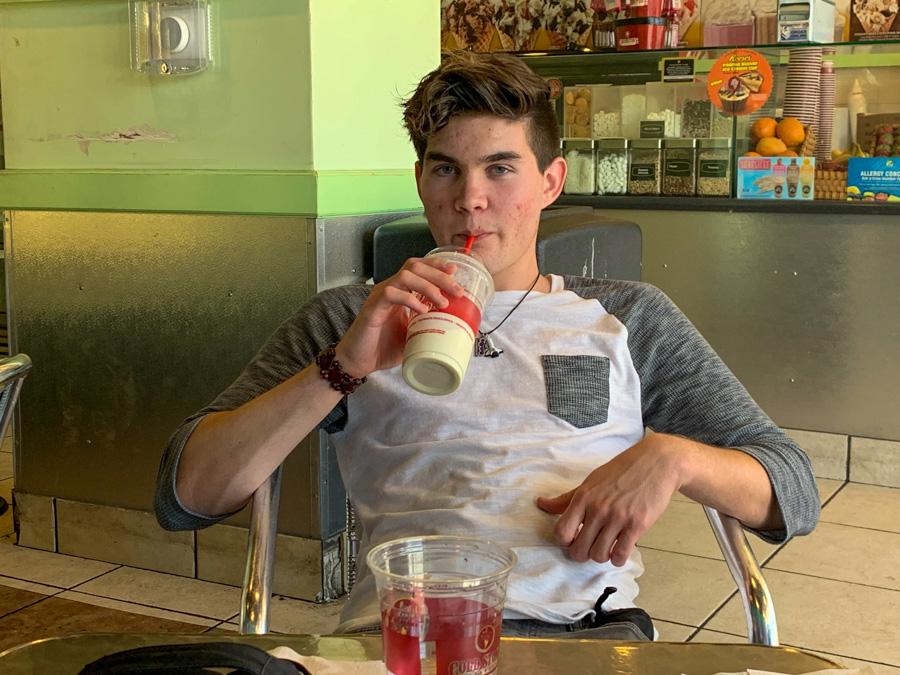
Grandson Nick gives it his bestest SLURP, GURGLE, BELCH!
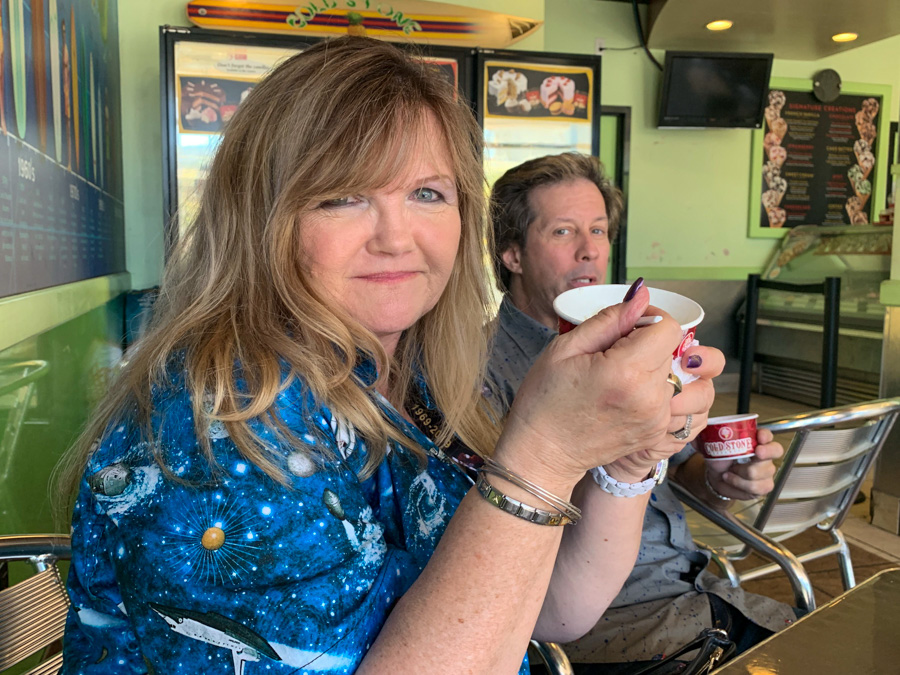
Thank you Robin and Bob for a super day and lots of memories

